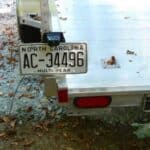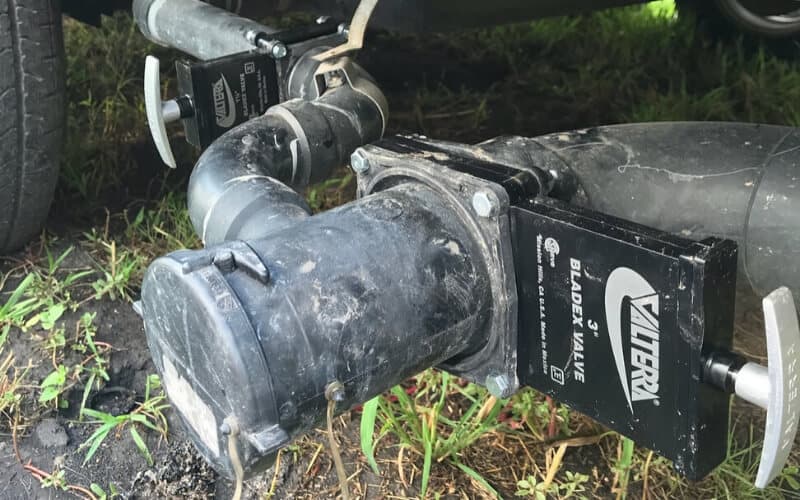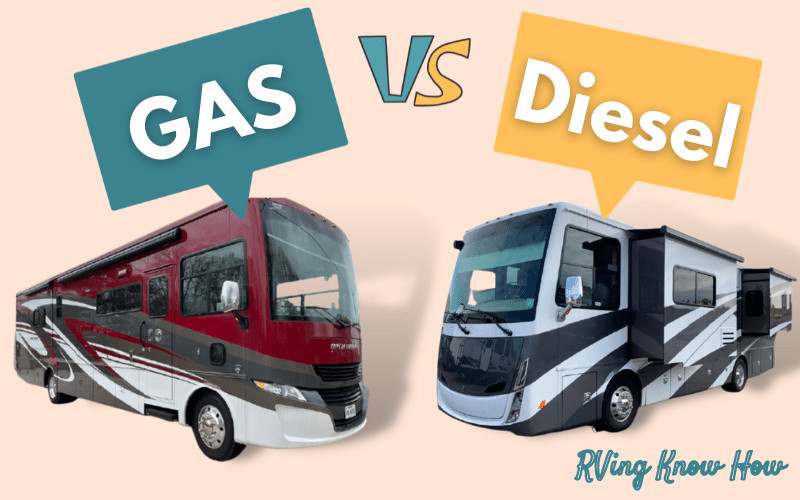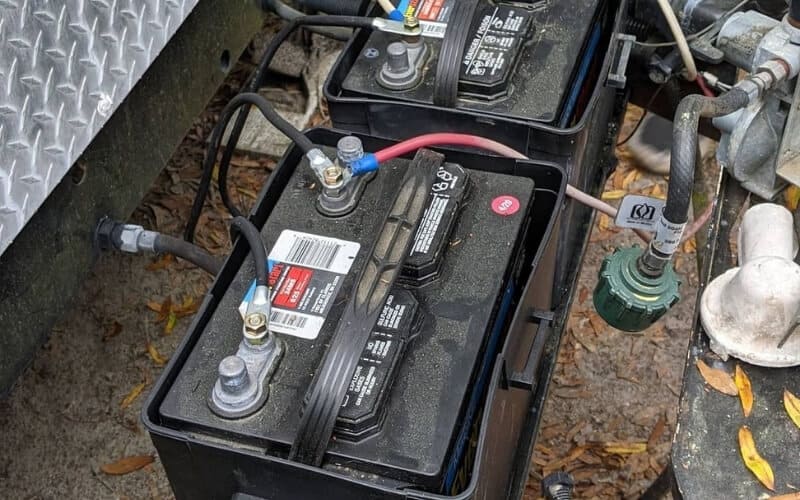Gasoline generators have always been popular, and some are even inexpensive.
Though with the increasing popularity and availability of propane in the RV sector, many people are wondering if they can convert their gas generator to run on propane.
The good news is that it is indeed possible to convert your gas-burning generator to run on propane, though you will usually need a special conversion kit.
With some models, this can be a lot of work, and when combined with the cost of the kit, it might be prohibitive, to the point that it makes more sense to buy a new dual-fuel propane generator.
However, some models and kits are inexpensive, and the amount of work it takes to complete the conversion is reasonable for someone with a modest amount of mechanical sympathy.
What Are the Benefits of Converting a Generator to Propane?
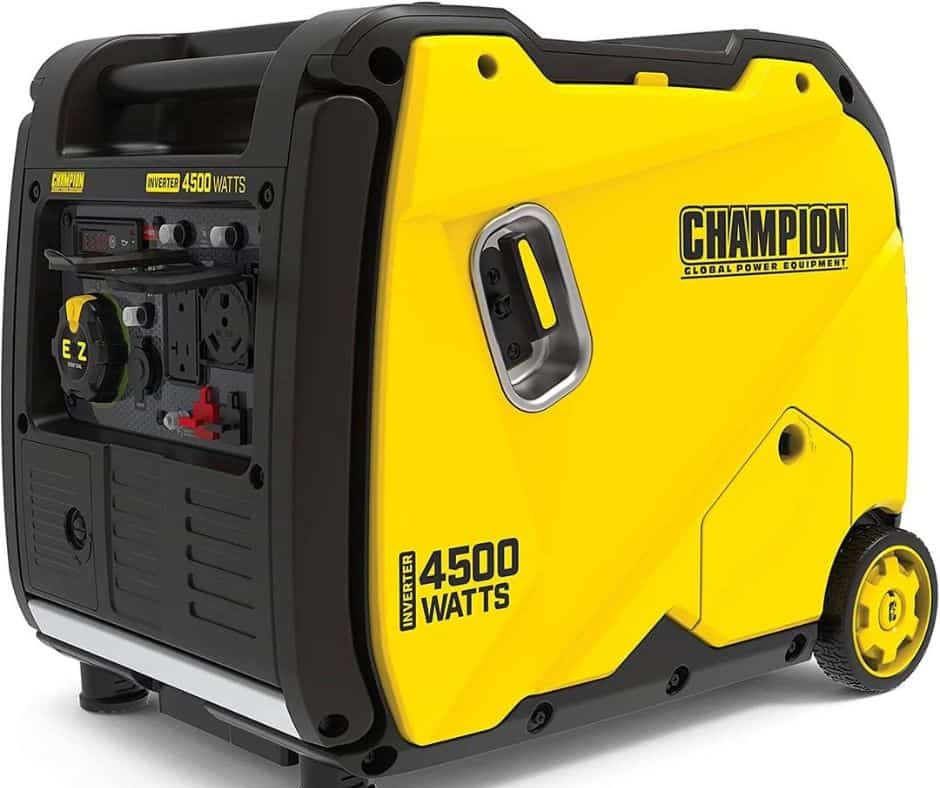
Consider the benefits of converting your RV camping generator from gas to propane.
Use RV Propane
Many RVs have onboard liquid propane tanks and spare tanks for functional things like the gas stove and perhaps a three-way absorption refrigerator.
This lets you tap your generator directly into your RV’s existing supply without carrying any other fuel.
Also, gas cans are an increasing fire and fume hazard that you don’t have to worry about when you use propane as the primary fuel source to run the generator.
Storage Stability of Liquid Propane
When gasoline sits for more than a few weeks, it tends to separate, and the octane value degrades.
In time, this can even lead to varnish deposits inside the gas can that can later find their way into your generator’s fuel tank. Even the best fuel stabilizer will eventually become ineffective.
Liquid propane remains 100% viable for months, if not up to a year. This means you can store it away without having to take extra steps to ensure it works properly.
Clean Burning
Propane burns cleaner than gasoline while also releasing fewer emissions into the air.
This also means that the exhaust coming out of the generator will be cleaner, and the fumes will be much less noxious.
Slightly Lower Cost Per Unit
Most modern propane supplies in North America are created as a byproduct of refining crude oil into gasoline.
So, while the price of propane can fluctuate according to the price of oil, it still has a much lower cost per unit than gasoline or even diesel fuel.
Less Maintenance
Since it burns cleaning with virtually no deposits, you don’t have to worry as much about maintaining the generator’s carburetor and other internal parts. This also translates to a longer overall lifespan for the generator.
Convenient Emergency Resource
As a fuel source, liquid propane is more readily available in an emergency situation.
This means you can ask your RV generator to pull double duty in a natural disaster to power key appliances in your home.
This can be much less challenging than waiting in line to get gasoline at a service station.
Especially if there is a regional power outage and the pumps at the gas station can’t run.
Whereas propane tanks are readily available at stores, and you might even be able to keep a larger liquid propane tank in your yard for free through a propane lease.
How Much Does It Cost To Convert A Gas Generator To Propane?
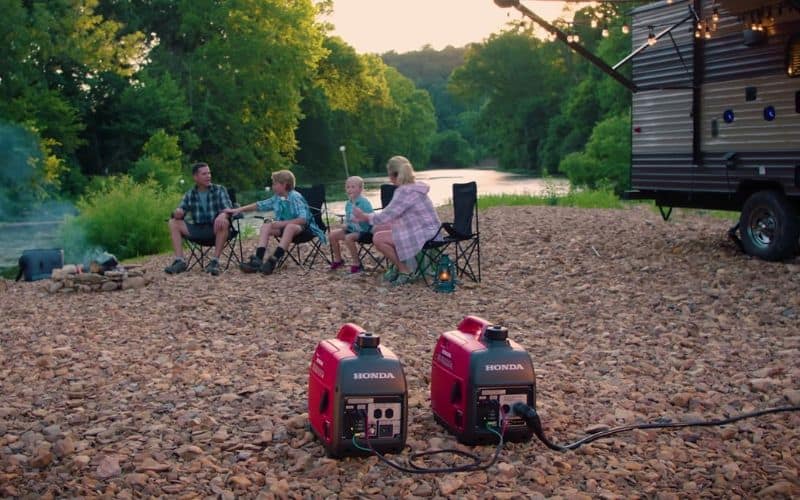
While it can vary depending on the age and model, you can usually buy a complete gas to propane conversion kit for around $125 to $200. Then you have to factor in your labor time.
Where Can I Find a Kit to Convert My Generator from Gas to Propane?
As you can imagine, Amazon is one of the more common places to find gas-to-propane generator conversion kits.
Though there are also model-specific kits offered by Century fuel products, US Carburetion Kit Center, and Propane Carbs.
Conversion Kit Components
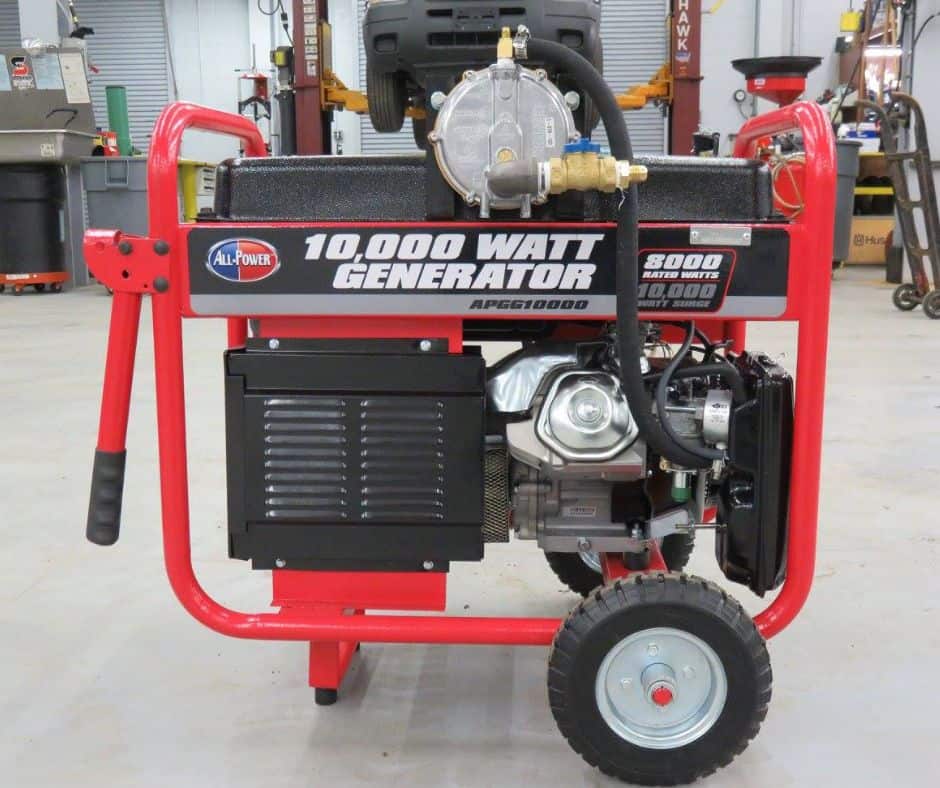
While some models and compatibility variations, most conversion kits have very similar parts.
When shopping for the best kit to convert your gas generator to propane, you want to look for one that has:
Additional Components You May Need to Add to a Conversion Kit:
How To Convert Your Gasoline Generator to Propane
While there are some differences between models, you can use the following steps.
Frequently Asked Questions
Do I Need to Cut the Frame to Convert My Gas Generator to Propane?
A lot of the conversion kits call for you to make alterations to the frame of your generator.
Some even insist that you have to cut the frame rails with a Sawzall to accommodate the modifications to the engine.
In some cases, this is 100% necessary. Though you should see it as a last option.
If possible, look to see if there is a way to move the engine mounts on the frame rail or if you can use heavy-duty spacers to accommodate the position of the new components.
Is It More Cost Effective To Buy A Dual-Fuel Generator?
The material cost to convert your gasoline generator to run on propane ranges from around $200 to $350.
Then you have to take into account the cost of your time. If you think your time is worth $25 an hour, and it takes you 4 to 5 hours to fully complete the conversion, you might be looking at a real-world cost of $450 to $600.
This is roughly the same price as buying a brand-new WEN DF475T Dual Fuel 4,750-Watt generator or a pulsar 5,250W Dual Fuel Portable Generator.
Conclusion
Converting your gasoline generator to run on propane is certainly worth the effort.
Though you still have to be prepared to shoulder a kit and materials cost of around $200 or more.
In some models, the conversion is relatively straightforward and easy. It might only take an hour or two of your time.
Though not every gasoline generator is easy to convert. Some might require you to drill holes or even cut out sections of the generator’s frame.
So, before you go all-in on converting your generator from gasoline to propane, take the time to read through reviews from similar models to gauge the time estimate.
If it will take you more than 6 hours of your time, and you estimate your time to be worth around $25 an hour, it might make more sense to purchase a dual fuel generator and then sell your current gas-burning generator to a second party.

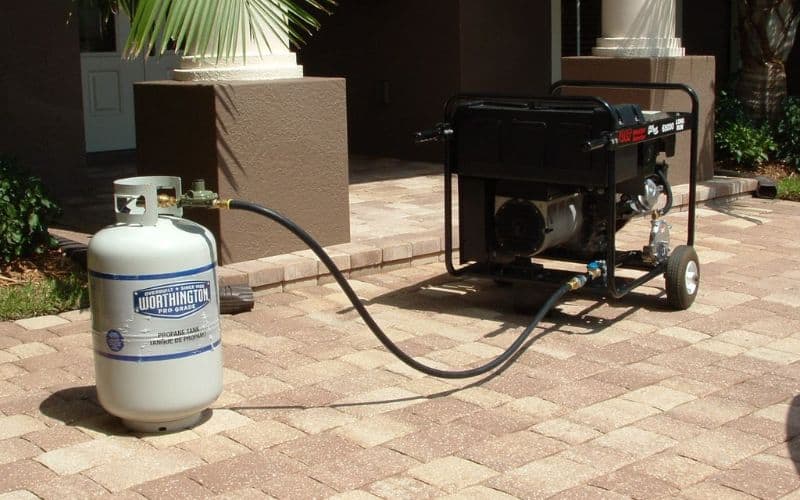
![The 6 Best Four-Season RV Brands for [currentyear] 5 Best Four-Season RV Brands for 2022](https://www.rvingknowhow.com/wp-content/uploads/2022/09/Best-Four-Season-RV-Brands-for-2022-150x150.jpg)
